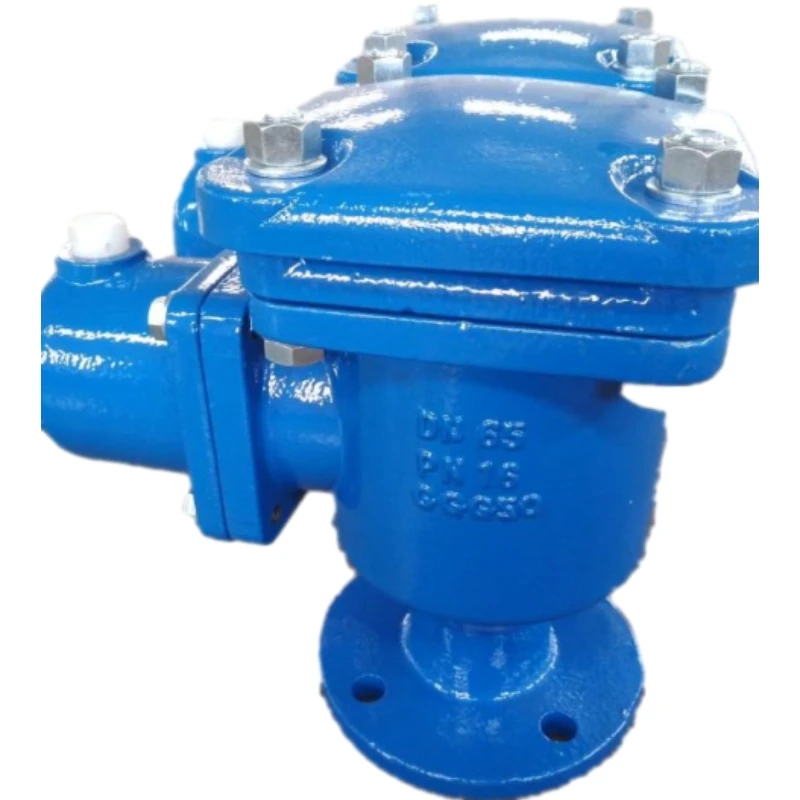Saddle Clamp Efficient Fastening Solution for Secure Pipe and Tube Connections
Understanding Saddle Clamps A Comprehensive Look at Their Importance and Usage
When discussing essential components in the field of construction and engineering, the saddle clamp is often overlooked. However, saddle clamps play a critical role in ensuring the stability and integrity of various structures and systems. This article delves into the specifics of saddle clamps, their design, function, and applications across different industries.
What is a Saddle Clamp?
A saddle clamp is a type of fastening device that is typically used to secure pipes, cables, or other structural elements in place. It is characterized by its “saddle” shape, which allows it to conform to the shape of the object it is supporting. Saddle clamps come in various sizes, shapes, and materials, making them versatile components in numerous applications.
Design and Construction
The design of a saddle clamp is pivotal for its functionality. Most saddle clamps consist of two primary parts the saddle itself and the bracket. The saddle is usually a curved piece that cradles the pipe or cable, while the bracket serves as the attachment point to a wall, beam, or other structural element. When selecting a saddle clamp, several factors must be considered
1. Material Saddle clamps are made from materials such as stainless steel, plastic, or rubber. Each material has its unique properties, including strength, flexibility, and resistance to corrosion, which make it suitable for different environments.
2. Size The diameter of the saddle clamp must match the size of the pipe or cable it is supporting. A properly fitted clamp ensures maximum stability and reduces the risk of damage.
3. Load Capacity Different applications may require clamps that can support varying weights. Understanding the load capacity is essential to prevent failures.
Applications of Saddle Clamps
saddle clamp 1 2

Saddle clamps are indispensable in several industries, including plumbing, electrical work, and telecommunications. Here are a few prominent applications
1. Plumbing In plumbing systems, saddle clamps are essential for securing pipes that transport water, gas, or other fluids. Their ability to provide firm support helps prevent leaks and reduces the risk of pipe damage due to movement or expansion.
2. Electrical Installation Electricians use saddle clamps to secure wiring and cables in place. Properly clamped cables prevent wear and tear, which can lead to electrical faults and safety hazards.
3. Telecommunications Saddle clamps are utilized in the telecommunications industry to support various types of cables and conduits. This ensures that these vital connections remain intact and operational.
4. Construction In construction projects, saddle clamps can be used to hold beams, supports, and other structural components in alignment. Their ability to provide support without compromising on flexibility makes them valuable to engineers and builders.
Installation and Maintenance
Installing saddle clamps is generally straightforward, but it requires attention to detail. Proper alignment and securing techniques are paramount to ensuring that the clamp performs effectively. Moreover, routine maintenance checks should be part of any installation to ensure that the clamps remain in good condition. Regularly inspecting for signs of wear, corrosion, or loosening can help prevent larger issues down the line.
Conclusion
In conclusion, saddle clamps may seem like simple components, yet their role in maintaining the stability and functionality of various systems cannot be overstated. Their versatility across different industries showcases their importance, from plumbing and electrical installations to telecommunications and construction. Understanding the design, applications, and proper maintenance of saddle clamps empowers professionals to make informed decisions, thereby enhancing the reliability and safety of their projects. As industries evolve, the relevance of reliable fasteners like saddle clamps will continue to be a cornerstone in engineering and construction practices.
-
The Smarter Choice for Pedestrian AreasNewsJun.30,2025
-
The Gold Standard in Round Drain CoversNewsJun.30,2025
-
The Gold Standard in Manhole Cover SystemsNewsJun.30,2025
-
Superior Drainage Solutions with Premium Gully GratesNewsJun.30,2025
-
Superior Drainage Solutions for Global InfrastructureNewsJun.30,2025
-
Square Manhole Solutions for Modern InfrastructureNewsJun.30,2025
-
Premium Manhole Covers for Modern InfrastructureNewsJun.30,2025
